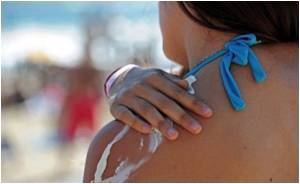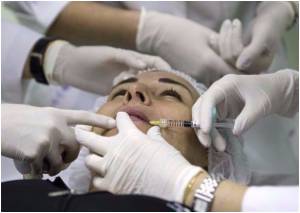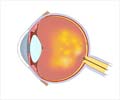Bottom Line: Photodynamic therapy (PDT) -which uses topical agents and light to kill tissue, appears to better clear actinic keratoses (AKs, a common skin lesion caused by sun damage) at three months after treatment than cryotherapy (which uses liquid nitrogen to freeze lesions).

Background: AKs are rough, scaly lesions on the skin typically found on individuals with fair complexions who have had lots of sun exposure. The lesions have the potential to become cancer. PDT is an increasingly popular treatment.
How the Study Was Conducted: The authors compared PDT with cryotherapy in a meta-analysis of four studies that included 641 patients with a total of 2,174 AKs treated with cryotherapy and 2,170 lesions treated with PDT.
Results: Patients treated with PDT had a 14 percent better chance of complete lesion clearance at three months after treatment than cryotherapy for thin AKs on the face and scalp.
Discussion: "An analysis of the effectiveness of PDT compared with other treatments may help physicians decide what role it should play in their own clinical practice." (JAMA Dermatology. Published online August 27, 2014. doi:10.1001/jamadermatol.2014.1253. Available pre-embargo to the media at http://media.jamanetwork.com.)
Editor's Note: Please see the article for additional information, including other authors, author contributions and affiliations, financial disclosures, funding and support, etc.
Advertisement
In a related editorial, Harvey Lui, M.D., F.R.C.P.C., of the University of British Columbia, writes: "Notwithstanding the apparent superiority of PDT to cryotherapy, the light-based approach to treating AK has three major limitations. The current financial remuneration model is a major disincentive. … Although PDT appears to be a simple concept, in practice optimal results may require longer drug incubation times and perhaps light-dose fractionation to generate a sufficient tissue effect. … Finally, local pain owing to photosensitizer activation during light exposure is perhaps the most striking adverse effect that clinicians need to anticipate and manage during PDT."
Advertisement
Source-Eurekalert














